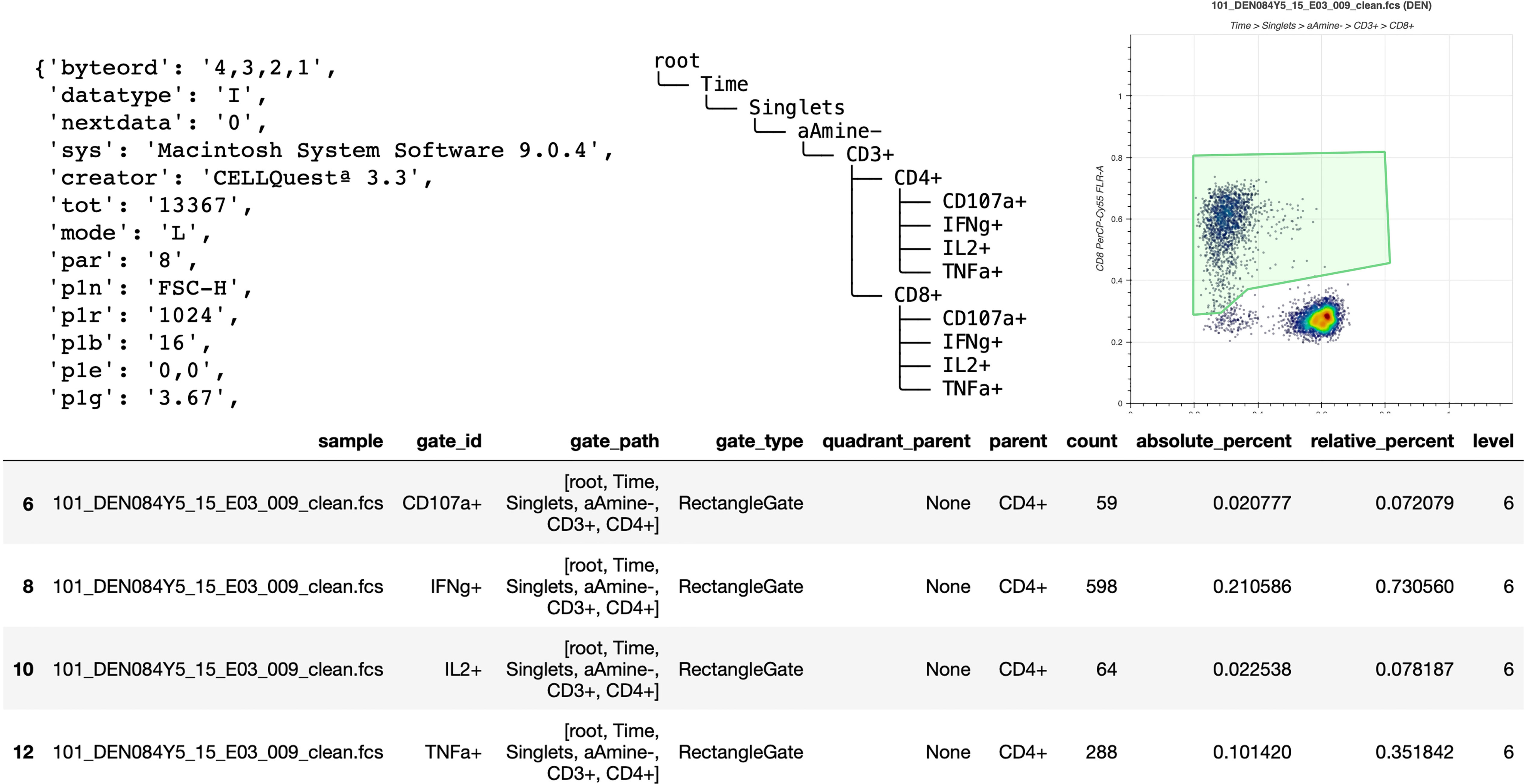



If possible, always use directly conjugated antibodies in flow cytometry to facilitate multicolor staining and reduce background.We recommend creating multiple aliquots of cells for each sample in order to obtain measurements in duplicate.1 x 10 6 cells is commonly used for antibody labeling of most cell types. Resuspend cells to an appropriate concentration in flow cytometry staining buffer.Obtain cell counts using a hemocytometer or automated cell counter. Use a trypan blue exclusion stain or similar to exclude dead cells.Gently mix cell suspension to ensure a homogenous mixture and reserve 20-100 ul to count cells.For example enzymatic tissue digestion protocols, you can see this protocol for harvesting adipocytes. This procedure will provide sufficient homogenization for most tissues, but other enzymatic methods are available for difficult samples.

For tissue samples, obtain a cell suspension homogenizing tissue in staining buffer by pressing the sample through a fine mesh sieve (nylon mesh) using a clean syringe plunger from a 3cc syringe, or similar instrument.Immediately wash cells (as described in 1a) again and resuspend in a small amount of flow cytometry staining buffer. Collagenase or similar may be used if scraping is not sufficient for recovering adherent cells. Avoid trypsin if possible as it may damage cell surface proteins. For adherent cell populations, wash cells (similar to a media exchange) in flow cytometry staining buffer and harvest cells by gently scraping the dish, plate, or culture flask.For non-adherent cell populations, wash cells (resuspend in buffer, centrifuge at 400 x g for 5 minutes, aspirate buffer, and resuspend in an appropriate volume of fresh buffer) in flow cytometry staining buffer, resuspend and resuspend in a small volume of buffer.Contact our experienced technical support team for staining advice for your samples. If you’re staining a new population of cells, we are here to help. Ideally, with these or any samples, you want to analyze a minimum of 100 events in order to keep the COV of like samples under 10%. However, with exceeding rare cell populations like stem cell subsets or specific circulating cell types, obtaining an adequate number of events to interpret your data may require 1 x 10 9 or greater cell counts. In general, researchers will stain between 1 x 10 5 and 1 x 10 6 cells per sample. Prepare your cell suspensions for Flow CytometryĪlthough most flow cytometry experiments involve labeling populations of cells that are relatively abundant, the number of cells required will vary depending upon the rarity of your cells.


 0 kommentar(er)
0 kommentar(er)
